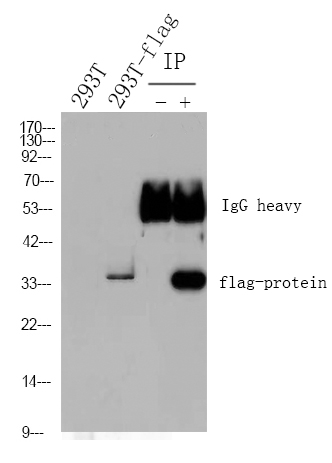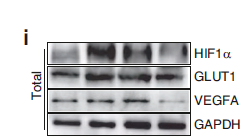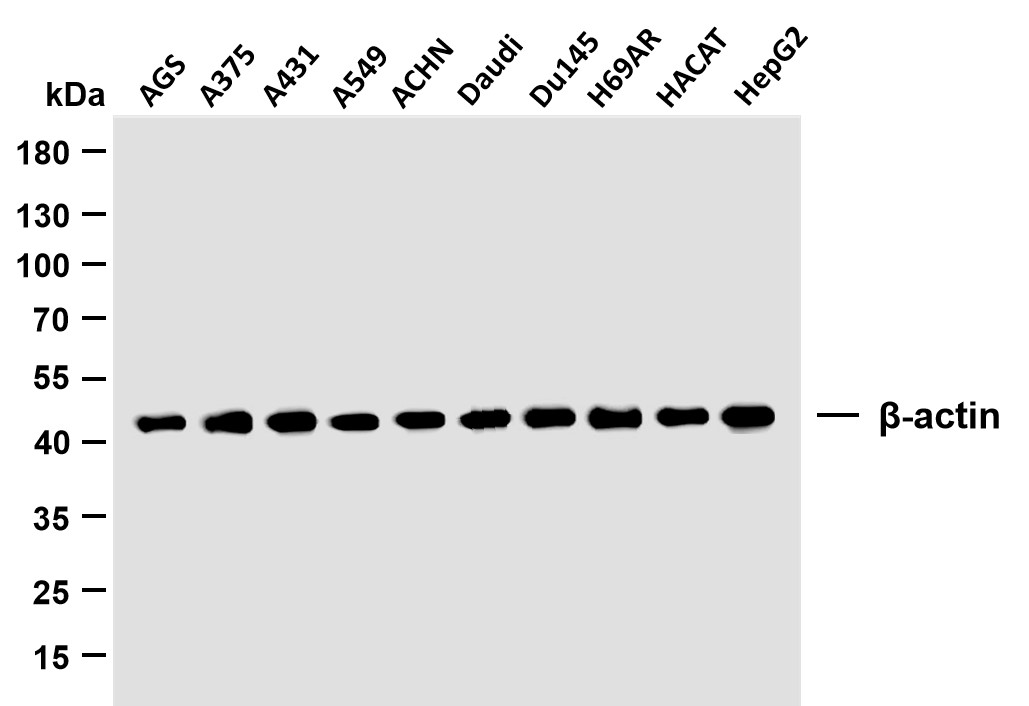
主要信息
Target
CAC1E
Host Species
Rabbit
Reactivity
Human, Mouse, Rat
Applications
IHC, IF
MW
254kD (Observed)
Conjugate/Modification
Unmodified

货号: YN1528
规格
价格
货期
数量
200μL
¥3,780.00
现货
0
100μL
¥2,300.00
现货
0
40μL
¥960.00
现货
0
加入购物车


已收藏


收藏
详细信息
推荐稀释比
IHC 1:50-300; IF 1:50-200
组成
Liquid in PBS containing 50% glycerol, and 0.02% sodium azide.
特异性
CAC1E Polyclonal Antibody detects endogenous levels of protein.
纯化工艺
The antibody was affinity-purified from rabbit antiserum by affinity-chromatography using epitope-specific immunogen.
储存
-15°C to -25°C/1 year(Do not lower than -25°C)
浓度
1 mg/ml
实测条带
254kD
修饰
Unmodified
克隆性
Polyclonal
同种型
IgG
相关产品
抗原&靶点信息
免疫原:
Synthesized peptide derived from human protein . at AA range: 370-450
展开内容
特异性:
CAC1E Polyclonal Antibody detects endogenous levels of protein.
展开内容
基因名称:
CACNA1E CACH6 CACNL1A6
展开内容
蛋白名称:
Voltage-dependent R-type calcium channel subunit alpha-1E (Brain calcium channel II) (BII) (Calcium channel, L type, alpha-1 polypeptide, isoform 6) (Voltage-gated calcium channel subunit alpha Cav2.3)
展开内容
背景:
calcium voltage-gated channel subunit alpha1 E(CACNA1E) Homo sapiens Voltage-dependent calcium channels are multisubunit complexes consisting of alpha-1, alpha-2, beta, and delta subunits in a 1:1:1:1 ratio. These channels mediate the entry of calcium ions into excitable cells, and are also involved in a variety of calcium-dependent processes, including muscle contraction, hormone or neurotransmitter release, gene expression, cell motility, cell division and cell death. This gene encodes the alpha-1E subunit of the R-type calcium channels, which belong to the 'high-voltage activated' group that maybe involved in the modulation of firing patterns of neurons important for information processing. Alternatively spliced transcript variants encoding different isoforms have been described for this gene. [provided by RefSeq, Apr 2011],
展开内容
功能:
Domain:Each of the four internal repeats contains five hydrophobic transmembrane segments (S1, S2, S3, S5, S6) and one positively charged transmembrane segment (S4). S4 segments probably represent the voltage-sensor and are characterized by a series of positively charged amino acids at every third position.,Function:Voltage-sensitive calcium channels (VSCC) mediate the entry of calcium ions into excitable cells and are also involved in a variety of calcium-dependent processes, including muscle contraction, hormone or neurotransmitter release, gene expression, cell motility, cell division and cell death. The isoform alpha-1E gives rise to R-type calcium currents. R-type calcium channels belong to the 'high-voltage activated' (HVA) group and are blocked by nickel, and partially by omega-agatoxin-IIIA (omega-Aga-IIIA). They are however insensitive to dihydropyridines (DHP), omega-conotoxin-GVIA (omega-CTx-GVIA), and omega-agatoxin-IVA (omega-Aga-IVA). Calcium channels contaning alpha-1E subunit could be involved in the modulation of firing patterns of neurons which is important for information processing.,similarity:Belongs to the calcium channel alpha-1 subunit (TC 1.A.1.11) family.,similarity:Contains 1 EF-hand domain.,subunit:Interacts with EFHC1. Voltage-dependent calcium channels are multisubunit complexes, consisting of alpha-1, alpha-2, beta and delta subunits in a 1:1:1:1 ratio. The channel activity is directed by the pore-forming and voltage-sensitive alpha-1 subunit. In many cases, this subunit is sufficient to generate voltage-sensitive calcium channel activity. The auxiliary subunits beta and alpha-2/delta linked by a disulfide bridge regulate the channel activity.,tissue specificity:Expressed in neuronal tissues and in kidney.,
展开内容
细胞定位:
Membrane; Multi-pass membrane protein.
展开内容
组织表达:
Expressed in neuronal tissues and in kidney.
展开内容
研究领域:
>>MAPK signaling pathway ;
>>Calcium signaling pathway ;
>>Type II diabetes mellitus
>>Calcium signaling pathway ;
>>Type II diabetes mellitus
展开内容
信号通路
文献引用({{totalcount}})
货号: YN1528
规格
价格
货期
数量
200μL
¥3,780.00
现货
0
100μL
¥2,300.00
现货
0
40μL
¥960.00
现货
0
加入购物车


已收藏


收藏
Recently Viewed Products
Clear allToggle night Mode
{{pinfoXq.title || ''}}
Catalog: {{pinfoXq.catalog || ''}}
Filter:
All
{{item.name}}
{{pinfo.title}}
-{{pinfo.catalog}}
主要信息
Target
{{pinfo.target}}
Reactivity
{{pinfo.react}}
Applications
{{pinfo.applicat}}
Conjugate/Modification
{{pinfo.coupling}}/{{pinfo.modific}}
MW (kDa)
{{pinfo.mwcalc}}
Host Species
{{pinfo.hostspec}}
Isotype
{{pinfo.isotype}}
产品 {{index}}/{{pcount}}
上一个产品
下一个产品
{{pvTitle}}
滚轮缩放图片
{{pvDescr}}



















